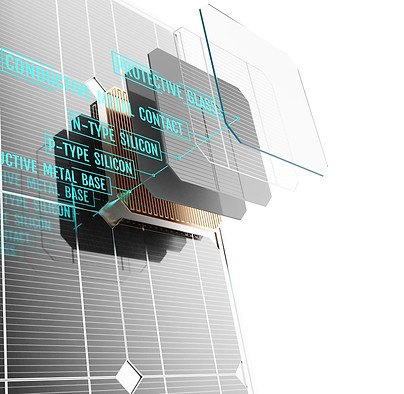top of page


ENERGY SOLUTIONS
Going Green Made Simple
1-844-85-SOLAR
Education
Learn how solar panels generate electricity for your home by photovoltaic cells converting the energy in sunlight to electricity

How Does Solar Energy Work?
Panel
Sunlight hits a solar panel on the roof. The panels convert the energy to DC current, which flows to an inverter.
Inverter
The inverter converts the electricity from DC to AC, which you can then use to power your home.
Power
Solar electricity from your inverter flows into your home where it powers your lights and appliances.
Meter
A net meter records the energy sent compared to the energy received from the grid.
Heading 1
How a Solar Panel Works

Inside a solar cell you have two wafer-thin layers of silicon crystal, placed on top of each other to make a sort of silicon sandwich. The top layer has been specially treated so that its atoms are unstable and, they have one too many electrons that they would really like to get rid of. The bottom layer has also been treated, but this time the atoms have a few empty spaces that could really do with an electron to fill them. So the top layer is desperate to lose a few electrons, the bottom layer is desperate to gain a few electrons, and the electrons themselves are itching to move from the top layer to the bottom. This setup puts everything in place for electricity to be produced once the solar panel is exposed to light.
There is one last piece to the puzzle before the electricity can be used. The electricity generated by PV solar cells is DC (direct current). The electricity used in your house is AC (alternating current). So the current from the solar panel system has to go through an inverter, to convert it from DC to AC before it can be pumped into your house and used to run appliances.
bottom of page